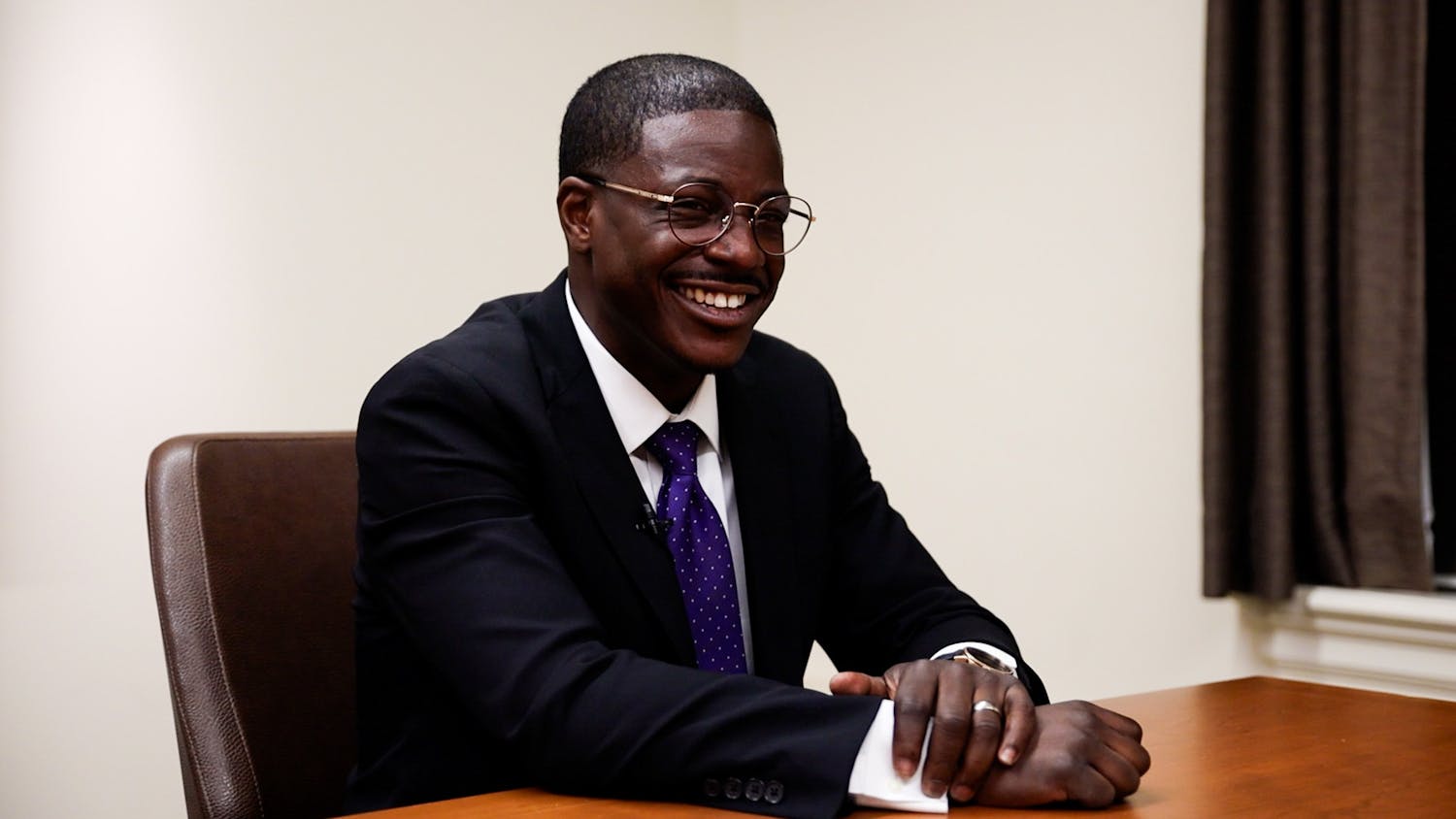Most graduate students are happy just to earn their degrees. But Jeff Sledge, a Ph.D. student in land resources at UW-Madison, has already found real-world applications for his research.
Sledge collaborated with the local Saris Cycling Group, a company that makes bicycle equipment and performance-enhancing products, to create a training tool for cyclists. The device measures both biometric information such as an athlete's heart rate, and spatial information such as the slope of hills. By combining these data sets with information about a terrain's characteristics, the tool predicts how much energy a cyclist will use on a certain course.
\The idea came from the academic work I had been doing in land resources,"" Sledge said. His research focused on measuring the details of a landscape with a computerized device, to then predict how the land could be navigated. As a cyclist and a triathlete, Sledge was already knowledgeable about the tools Saris could add to the project.
Sledge and the engineers at Saris equipped a bicycle to test this technology in summer 2004. As a result of the research, Saris will make a new product to be tested by professional cyclists in the 2005 Tour de France.
The device includes Saris' Cycleops Powertap wheels, which record the biometric data, and a Global Positioning System receiver, which uses satellite signals to record the position of the bike. The designers hope it will become a popular training tool for cyclists, triathletes and other professional endurance performers.
""What intrigues me about this is the ability to understand better how a cyclist's physiology and current fitness level is interrelated with or impacted by the terrain,"" said Andy Swartz, lecturer in UW-Madison's department of kinesiology. ""The notion of integrating the terrain with the other performance measures is really significant, and that's where the genius is in it.""
Swartz said the tool could be particularly useful for pacing and for understanding the differences between courses.
Jim Bruskewitz, a triathlete and coach of endurance performers, said trainers could use the information provided by the device to ensure athletes complete effective workouts.
""You can plan a series of workouts for someone to challenge them, but it also gives them the ability to recover in time,"" said Bruskewitz, a kinesiology lecturer at UW-Madison. ""It's an easier way of stringing a series of quality workouts together, which is really what an athlete wants to do. That's a great indication and measure of how well they're going to perform.""
Sledge said his research may also have medical applications.
""We're working right now looking at using it for deriving energy expenditures in a city,"" he said. Doctors could use the device to plan walking routes for obese patients to help them burn more calories throughout the day.
""Hopefully the research will have a life beyond my Ph.D., and hopefully people will use the approach I've set out to use in different areas,"" Sledge added. ""Like any research, you want it to be collaborative. You want other people to find use for it.""





